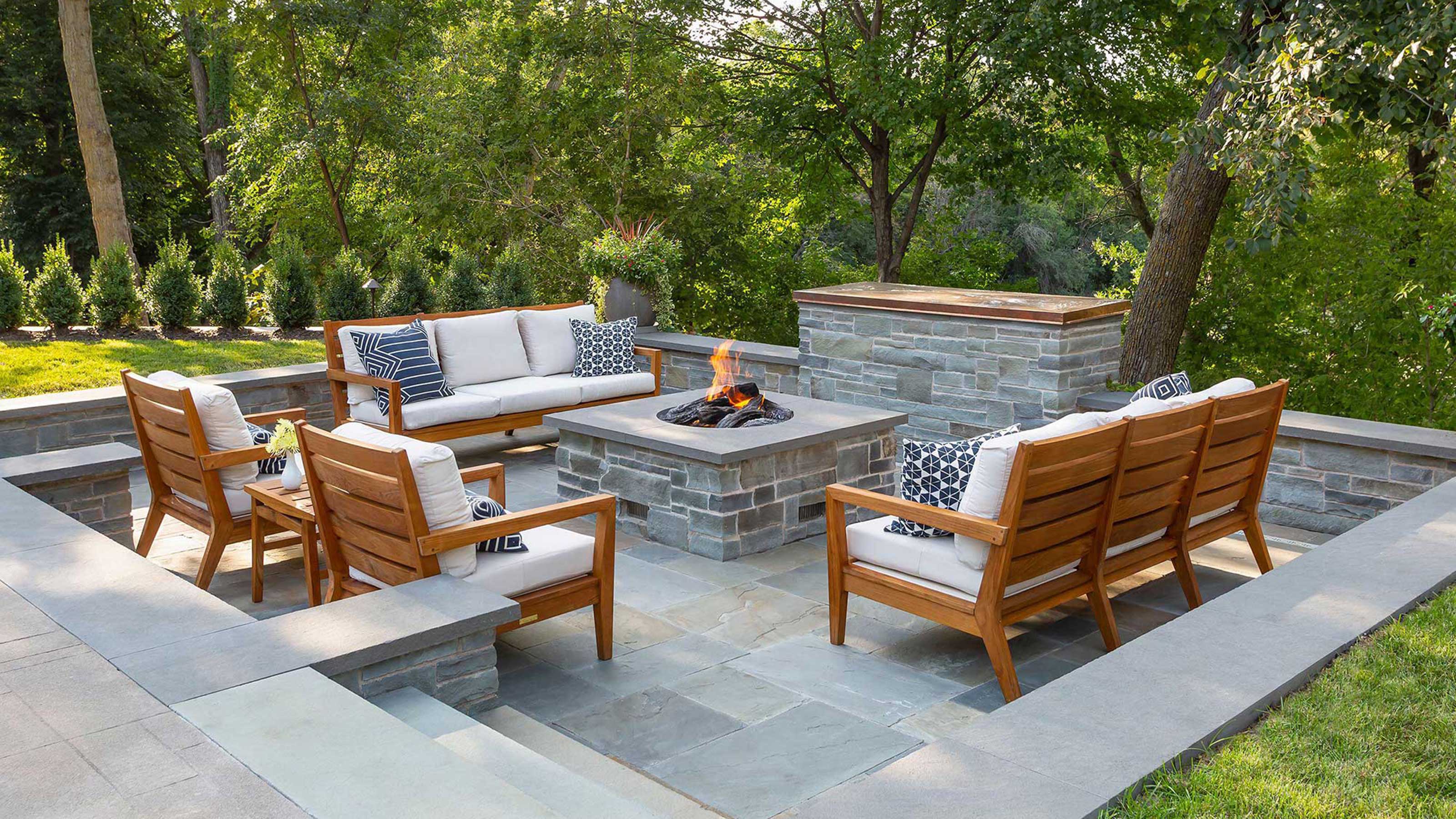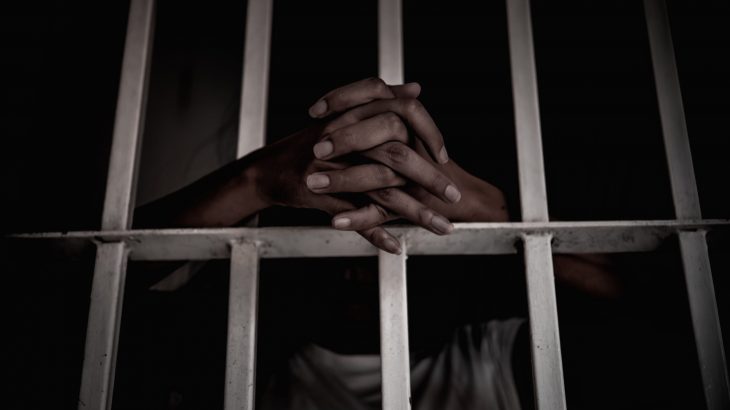First, let us acknowledge that we are living in a euphemistic world, where there aren’t any prisons anymore, but more “correctional facilities” and “detention centers.” However, the importance of a correctional facility in achieving specific goals has yet to be genuinely recognized.
While we may speak today of correctional rather than penal, concerns reflect the fact that American prison’s designs, for example, are still based on the concept of “solitary confinement in an unacceptably cruel, inhumane and degrading form” rather than focusing on the priorities of inmate rehabilitation and successful reintegration.
Facilities are built like fortresses – monoliths in isolated locations surrounded by razor wire and giant concrete walls. And, when we speak of interiors, bland, gray concrete and cinder block spaces, excessive or insufficient lighting, soul-crushing and dull colors would instantly spring to mind.
I get that such facilities are convenient overall designations for convicted offenders built to reflect punitive patterns that replicate ideals of forced solitude and intimidation. However, this traditional approach has no hope of rehabilitating anybody. Locking people in cages like animals can only reinforce criminality instead of reforming it.
This is why today, penologists and criminologists highly believe that architects should re-examine classical models, reassess prison designs and work with new, innovative spatial concepts following the concept of better humane treatment.
So, What Are the Different Elements to Be Considered in the Design of a Good Correctional Facility:
-
The Right Size:

It is high time to forget the “one-size-fits-all” design.
To carry out a highly effective rehabilitation program, a correctional facility should not accommodate more than one thousand offenders.
See, the smaller the facility is, the greater the possibilities for the facility personnel to get to know inmates personally – their personal stories, needs, weaknesses and strengths.
Evidence shows that only in such small facilities can inmates receive more personal attention, support and individualized treatment. In addition, large spaces can increase an individual’s sense of isolation and depression.
The provision of properly designed and self-sufficient units along with collective spaces where inmates can gather for recreational activities like cooking, dining, playing games, watching television, reading and exercising will further enhance the rehabilitative programs.
-
Promoting Safety, Security and Ease of Supervision:

We should not forget that when we are talking about the construction design of correctional facilities, we are still tapping into the “justice” and “criminal reform” sectors.
For instance, creating open spaces for direct supervision is a must. The provision of adequate floor space to enable visual openness and allow officers to better supervise inmates is essential. And so is an officer’s open desk at every housing level, with a clear line of sight into the cells.
Another way to promote security and confine inmates is the extensive use of razor wire.
-
Creating a Safe and Healthy Environment:

The integrated strategy to prison reform is to eliminate the stereotypical intimidating image of prisons and to imagine, as far as possible, a correctional facility in terms of a normal and healthy citizen-oriented institution.
While prison design cannot be glamorous, the good news is that architects can design with mental health in mind.
Healthy spaces with enlightened attitudes toward offenders can be created with spaces filled with sunlight and therapeutic color schemes. Perhaps, the finest example would be Las Colinas Women’s Detention and Reentry Facility, found in Santee and designed with translucent green accent walls and warm brown floors.
The idea of creating a meaningful and dignified facsimile of life in a correctional facility can also be achieved with healing gardens. Iowa State Penitentiary’s new detention center, for example, is an eight-building campus with big open spaces.
-
Creating a Premise With the Message of Change and Improvement:
A cross-cutting theme to eliminate the stigma of incarceration and promote a place for retreat and quiet reflection is to build an environment that conveys the message that the lives of offenders can be transformed for a more constructive future.
If you were the designer for the next jail, would you have gone for massive cellblocks with steel-barred windows and narrow corridors or something different?



















